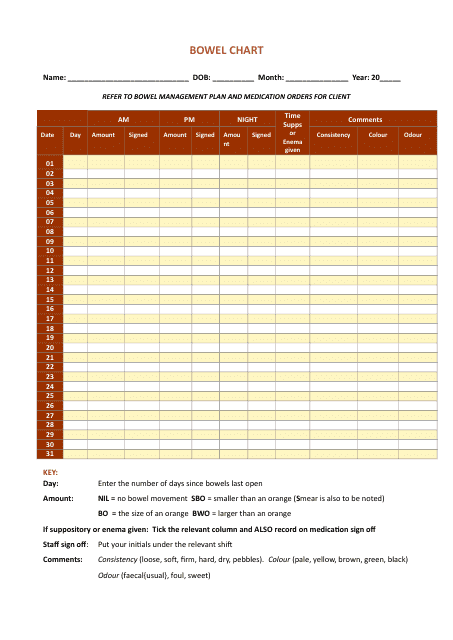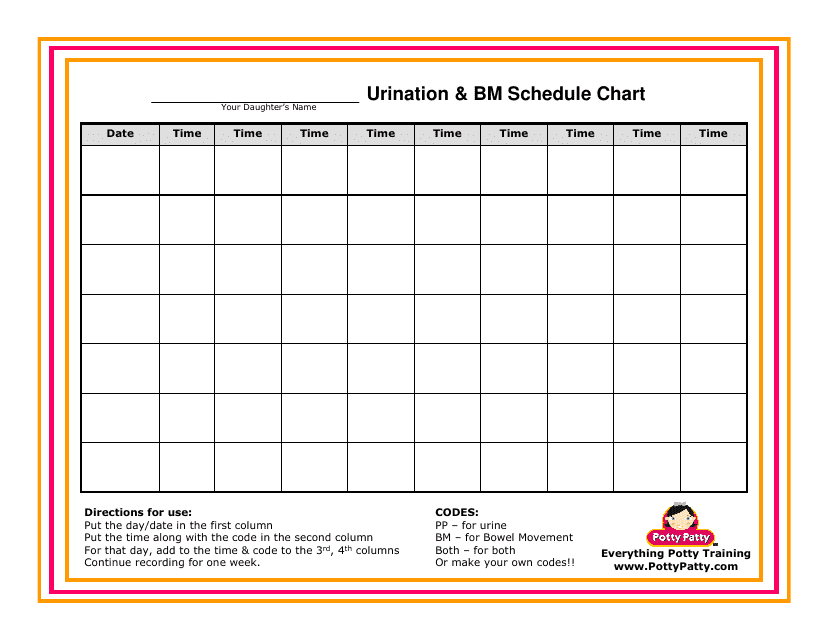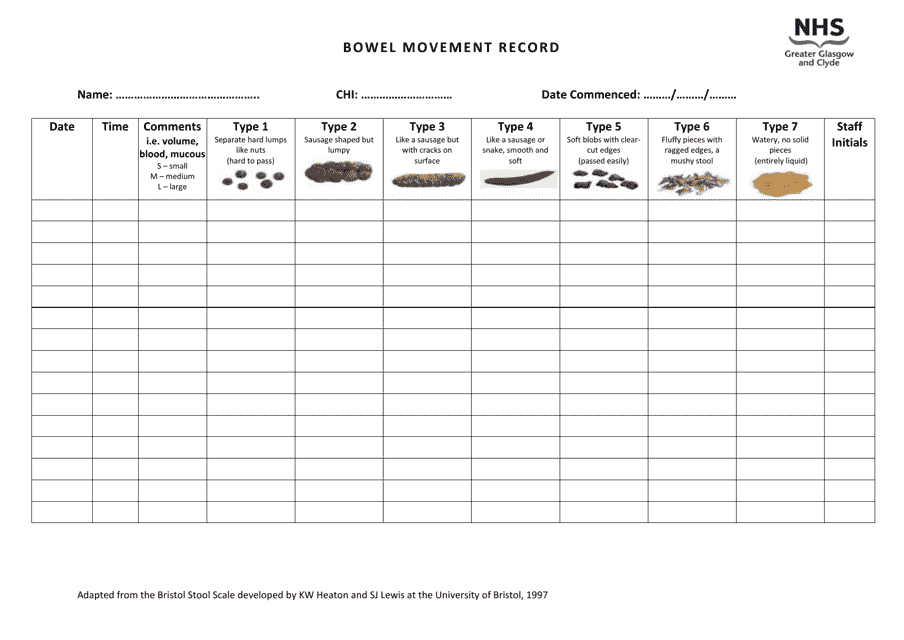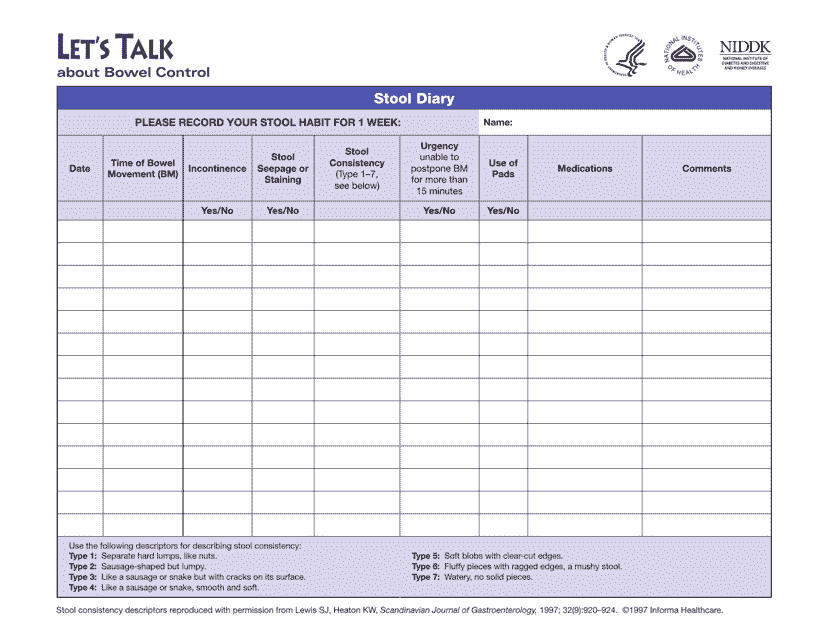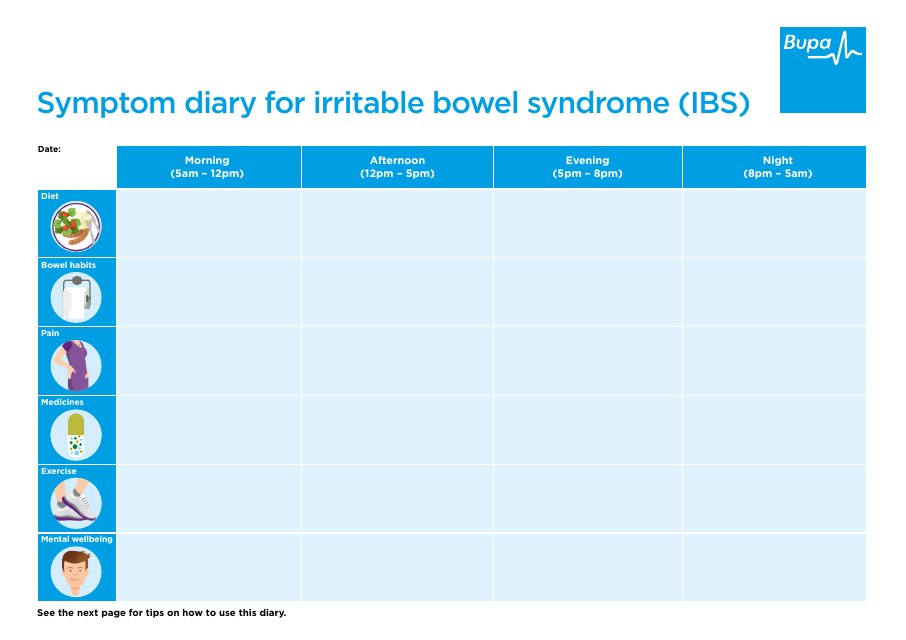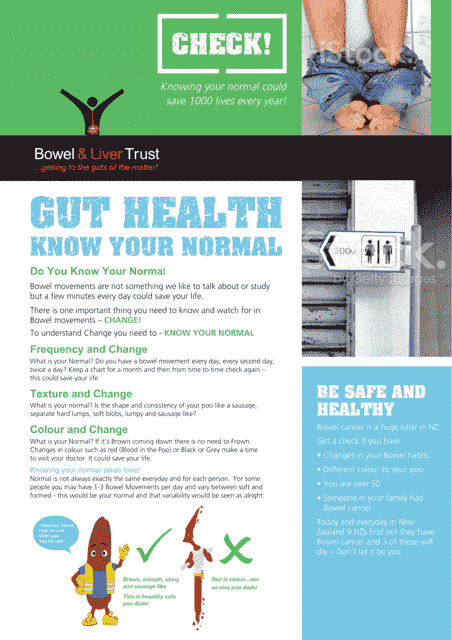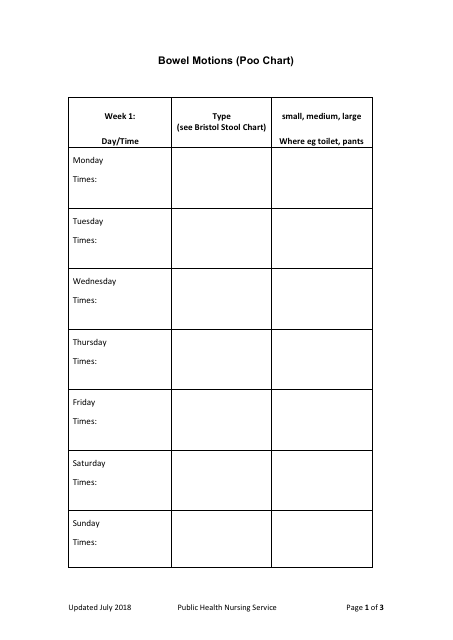Free Bowel Movement Chart Templates
Bowel Movement Chart: What Is It?
A Bowel Movement Chart is a great way for patients and doctors to discuss feces without the need for bringing in a sample or showing photographs. It aids in describing the shape, regularity, consistency, and pigment of the fecal matter. This can help doctors understand the length of time that is required for foods to be digested and excreted. Additionally, it could assist a healthcare professional in diagnosing any potential digestive issues a patient may be having.
Alternate Names:
- Bristol Stool Chart;
- Poop Color Chart.
The Bowel Movement Chart for adults required the input of sixty-six people which helped create this chart in the 1990s. The participants all made dietary changes, ingested special indicator capsules , and kept diaries where they recorded information including their weight, body composition, and frequency of going to the toilet. Following their findings, they produced the chart that is still in use today, outlining all of the various combinations that one may make in the toilet with variety in both shape and color.
This chart is not used for children because it is very common for them to excrete stool that could seem abnormal in adult life. It is important that adults are familiar with this chart as some abnormal feces can be life-threatening and may require urgent medical attention.
For a full list of Bowel Movement Chart templates please feel free to check out our library below.
Bristol Stool Chart: What Is Normal?
The Bristol Stool Chart outlines seven different types of stool that an individual can produce. Below there is an overview of the different types:
- 1st Type: Distinguishing rough bumps (difficulty in passing);
- 2nd Type: Lumps, firm, and formed like a sausage;
- 3rd Type: Curved like a sausage with fractures;
- 4th Type: Smooth and supple; shaped either like a snake or sausage;
- 5th Type: Squishy lumps with distinct borders (no difficulty in passing);
- 6th Type: Moist, fluffy particles with rough edges;
- 7th Type: Fully fluid and runny, with no solid components.
Each type could indicate different things about your stool and level of health. An explanation of each type can be found below:
- The feces of the first two types are difficult to excrete and often indicate constipation. Such kinds of stools could be more dark than typically used to. They can also be accompanied by stomach aches and feeling excessively full after eating. Hemorrhoids can develop as a result of difficult-to-pass stools because they make people strain while attempting to go pass waste;
- Stools that are properly formed and simple to pass are classified as types 3 and 4. They are regarded as the most desirable and are considered typical. These abnormalities can be a sign of nutritional issues, for example when not getting enough fiber, or may be brought on by an illness;
- The last type indicates diarrhea that is entirely watery. People can experience a strong urge to defecate and may struggle to contain it. You could lose nutrients and become dehydrated if this problem doesn't stop.
Haven't found the template you're looking for? Take a look at the related templates below:
Documents:
13
This document is a template that helps to track and monitor bowel movements. It is used to record the frequency, consistency, and other details of bowel movements for medical purposes.
This document provides a schedule chart for girls to track their urination and bowel movement habits. It helps create a routine and keep track of regular daily activities.
This document is used for keeping track of your diet and symptoms related to Irritable Bowel Syndrome (IBS). It helps to identify any triggers or patterns that may be affecting your digestive health.
This document is for keeping track of your bowel movements. It allows you to record the date, time, and any additional notes.
This type of document is used for tracking and recording bowel movements. It helps monitor the frequency and consistency of bowel motions over time.
This type of document is used for keeping track of your bowel movements and other related information.
This document is a weekly diary for monitoring symptoms, stress levels, and diet related to Irritable Bowel Syndrome (IBS). It can help individuals track and manage their symptoms to better understand their triggers.
This document is a symptom diary specifically for individuals with Irritable Bowel Syndrome (IBS). It is used to track and record the various symptoms experienced by the individual, including digestive issues, abdominal pain, and changes in bowel habits. Keeping a symptom diary can help individuals better understand their IBS triggers and patterns, and can be useful in discussions with healthcare providers to develop an effective management plan.
This Form is used for tracking and documenting daily bowel movements. It helps in monitoring bowel health and identifying any irregularities.
This document is primarily used by healthcare professionals and patients in the United Kingdom to monitor and record patterns and problems related to bladder and bowel function. It helps in diagnosing medical conditions related to bladder and bowel control.
This document is a personal record used in the United Kingdom to track and monitor an individual's bowel movements and habits, useful for diagnosing and managing digestive health issues.
This document is used for tracking and evaluating the health of your digestive system. It helps monitor symptoms and discuss them accurately with healthcare professionals.
This document is a bowel motions chart that helps track and visualize the consistency and appearance of your poop. It is useful for monitoring digestive health and identifying any potential abnormalities.

